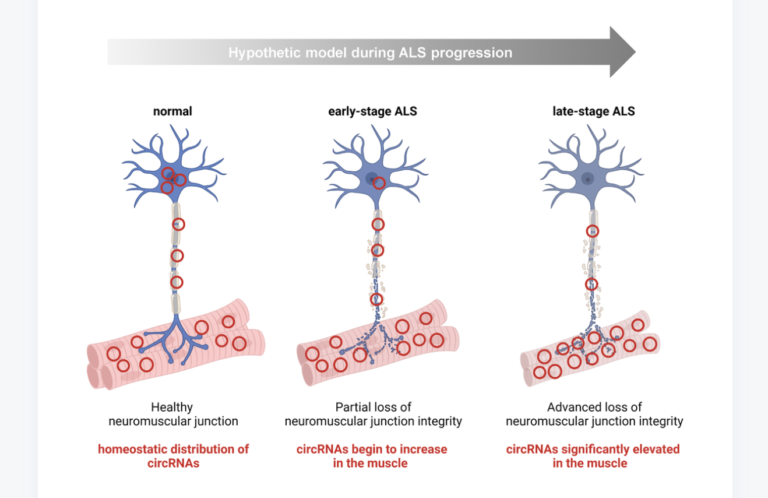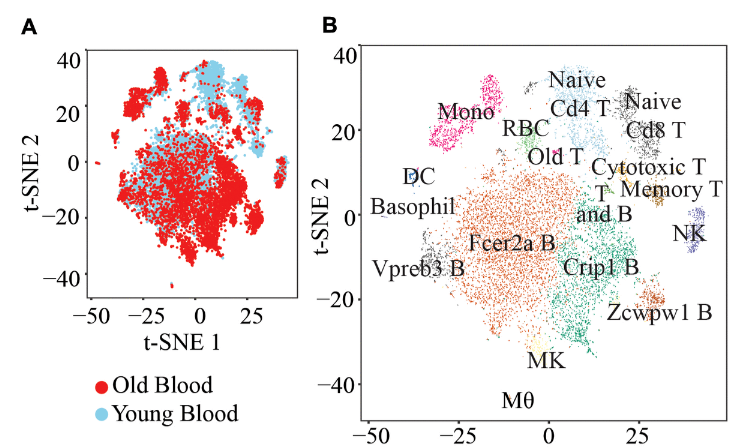Genes & Cancer | Slit2 signaling stimulates Ewing sarcoma growth
Genes & Cancer, News
January 13, 2023“Using secretome proteomics, we found that EWS::FLI1 induces the expression of Slit2. We demonstrate that EWS::FLI1 binds to the gene promoter of Slit2 and activates its expression.”
BUFFALO, NY- January 13, 2023 – A new research paper was published in Genes & Cancer on December 14, 2022, entitled, “Slit2 signaling stimulates Ewing sarcoma growth.”
Ewing sarcoma is a cancer of bone and soft tissue in children driven by EWS::ETS fusion, most commonly EWS::FLI1. Because current cytotoxic chemotherapies are not improving the survival of those with metastatic or recurrent Ewing sarcoma cases, there is a need for novel and more effective targeted therapies. While EWS::FLI1 is the major driver of Ewing sarcoma, EWS::FLI1 has been difficult to target.
“A promising alternative approach is to identify and target the molecular vulnerabilities created by EWS::FLI1.”
In this recent study, researchers Kruthi Suvarna, Panneerselvam Jayabal, Xiuye Ma, and Yuzuru Shiio from The University of Texas Health Science Center report that EWS::FLI1 induces the expression of Slit2, the ligand of Roundabout (Robo) receptors implicated in axon guidance and multiple other developmental processes.
“Using secretome proteomics, we found that EWS::FLI1 induces the expression of Slit2. We demonstrate that EWS::FLI1 binds to the gene promoter of Slit2 and activates its expression.”
EWS::FLI1 binds to the Slit2 gene promoter and stimulates the expression of Slit2. Slit2 inactivates cdc42 and stabilizes the BAF chromatin remodeling complexes, enhancing EWS::FLI1 transcriptional output. Silencing of Slit2 strongly inhibited anchorage-dependent and anchorage-independent growth of Ewing sarcoma cells. Silencing of Slit2 receptors, Robo1 and Robo2, inhibited Ewing sarcoma growth as well. Their results uncover a new role for Slit2 signaling in stimulating Ewing sarcoma growth and suggest that this pathway can be targeted therapeutically.
“Ewing sarcoma’s dependence on Slit2 signaling provides an excellent opportunity for therapeutic targeting. While a pharmacological inhibitor for Slit – Robo signaling is not yet available, a radioactively labeled anti-Robo1 monoclonal antibody was shown to suppress xenograft tumor growth of hepatocellular carcinoma cells [28] and small cell lung cancer cells [29], suggesting that it is feasible to target the Slit – Robo pathway. Therapeutic targeting of Slit2 – Robo1/2 signaling singly or in combination with that of NELL2 – Robo3 signaling in Ewing sarcoma warrants further investigations.”
Read the full research paper: DOI: https://doi.org/10.18632/genesandcancer.227
Correspondence: Yuzuru Shiio – Email: shiio@uthscsa.edu
Keywords: cdc42, Ewing sarcoma, EWS::FLI1, Slit2, Robo
VISIT GENES & CANCER YOUTUBE CHANNEL FOR MORE VIDEOS
About Genes & Cancer: Genes & Cancer covers all aspects of the structure and function of oncogenes, growth suppressor and apoptotic genes, their role in signal transduction and the mechanisms by which their expression and function are altered during tumor development. In addition to publishing manuscripts that directly relate to these areas of research, Genes & Cancer also aims to attract papers in the areas of genomics, drug development and systems biology.
To learn more about Genes & Cancer, visit www.genesandcancer.com and connect with us on social media:
For media inquiries, please contact: media@impactjournals.com.

